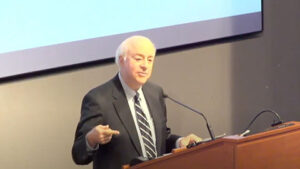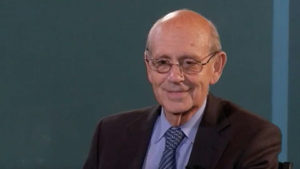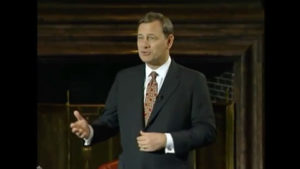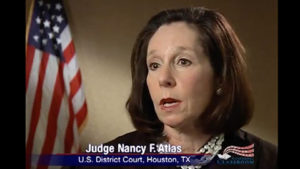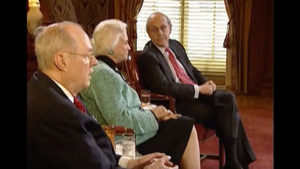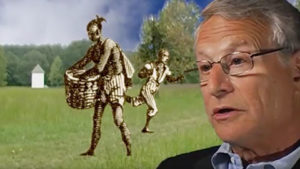This discussion guide is for use with the video “What Are the Challenges to Judicial Independence?” which features a lecture by Charles Geyh, professor at the Indiana University Maurer School of Law, at the Fair and Impartial Judiciary Symposium on October 26, 2019, at the University of Pennsylvania Law School.
Summary: Professor Geyh traces the development of the notion of judicial independence from the founding of our republic to the present. His discussion references how the sparse language of Article III of the U.S. Constitution has been amended over time by various conventions to promote the independence of a fair and impartial judiciary. He also examines how threats to such independence have arisen over time.
